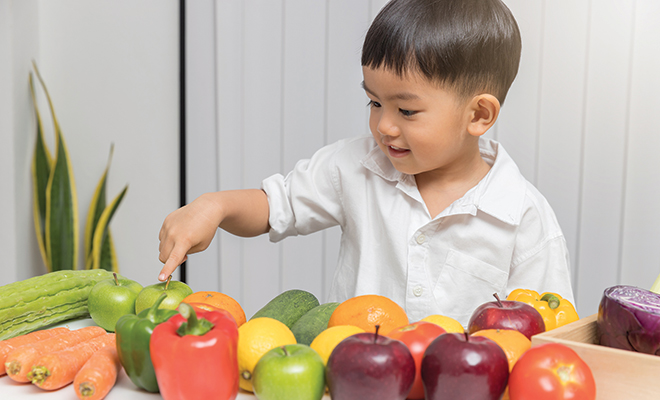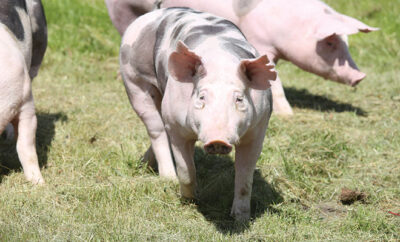
Kids and Food: Making Good Dietary Choices
Combining good nutrition and kids can be a difficult task. The senses of not only taste, but smell, feel and looks can deter even the bravest of kids. No matter how long you try to keep the sweets away, they always manage a way to wiggles into a child’s diet.
I was one of the pickiest eaters growing up. I limited my mother to making me nothing but ham and cheese sandwiches for most meals. Like most moms, she worried about my nutritional status and lack of variety in my diet. How many of you deal with this today? I have some good news. I turned out okay! But there are techniques that could help speed up the process of developing a healthy diet for your children.
Teaching kids early the importance of food, nutrition and eating skills is vital to making a healthy diet into an everyday event. Healthful eating has many benefits for children in providing the fuel they need for busy and successful lives. Good nutrition is essential to nourish strong bodies and grow smart brains. It can stabilize their energy, improve their minds, maintain a healthy weight, even out their moods, and help prevent mental health conditions such as depression, anxiety and ADHD.
Trial and error are commonplace with raising children. No parent does a perfect job with nutrition either. As a parent or caregiver, you can help to raise healthy eaters during these critical years; here are a few ideas.
Go Out and Shop!
Every trip through the supermarket can be a nutrition lesson. Kids can learn to categorize food into groups: grains, fruits, vegetables, dairy and protein foods. They can choose new foods they want to try, including picking out a new fresh, frozen, canned or dried food each trip. Show them the rainbow beauty of fresh and brightly colored foods. As children get older, they can help with menu planning at home and then pick out the foods to match the menu items while shopping.
Once they’re of reading age, teaching children how to read the nutrition facts label can be an important factor during the food shopping process. It’s also helpful for the child when making good nutrition choices at school or with friends.
Get Cooking, Good Looking
Tasks with cooking will depend on the child’s age, but just the stirring of sauces, washing fruits and veggies, and garnishing a finished meal can help pique their interest. Using fun cookie cutters to help shape the food into more interesting and appealing items might help perk their curiosity. As they grow and mature, enabling them to assume more tasks to help prepare meals develops investment and even pride in the meal. The more ownership they have, the more likely they will try it. To further entice your child’s interest in cooking and nutrition, find a cooking class they can take with their peers; it could be the key to continued success.
The Green Thumb
Nutrition is just one of many reasons to have a garden. The process of planting and harvesting a garden provides daily opportunities for children to learn valuable lessons and enjoy physical activity while reaping the fruits and vegetables of their labor. Wouldn’t you want to try a sweet pea pod that you planted, maintained and harvested? I know I did. In fact, it resulted in my own interest in green peas!
What Are You Eating?
Healthy habits formed at home will indeed follow your child out the door. Peer influences are widely associated with kids’ eating patterns, but it’s recognized that behaviors modeled by family members are a powerful force. If you prepare and eat healthy food, your child will eat healthier too.
Gradually Shift to Healthier Foods
You don’t have to revamp your entire meal plan at once. Start with finding a few alternatives to unhealthy items in your fridge or pantry. Slowly add more nutritious items until you’ve adopted healthier food choices. It may take some trial and error with flavoring, but over time it can become a way of life. The key is getting the interest and tasting started and then gradually making the food healthier.
Keeping a few items stocked at home makes it easier to make healthy snacks choices. Ideas include raw vegetables and fruit, yogurt dip, hummus, healthy dressings, trail mixes and cheese sticks. By focusing on a few goals at a time, you can develop successful lasting change.
Family Meal Times
Family time can have important, long-lasting benefits. Eating and communicating together helps to encourage family unity, improve nutrition and promote healthy weight for kids. Creating a positive environment around food can promote a better body image and overall health. Try to get the whole family together for at least one meal a few times a week. ■
Sources: choosemyplate.gov, eatright.org, familydoctor.org and healthychildren.org.







